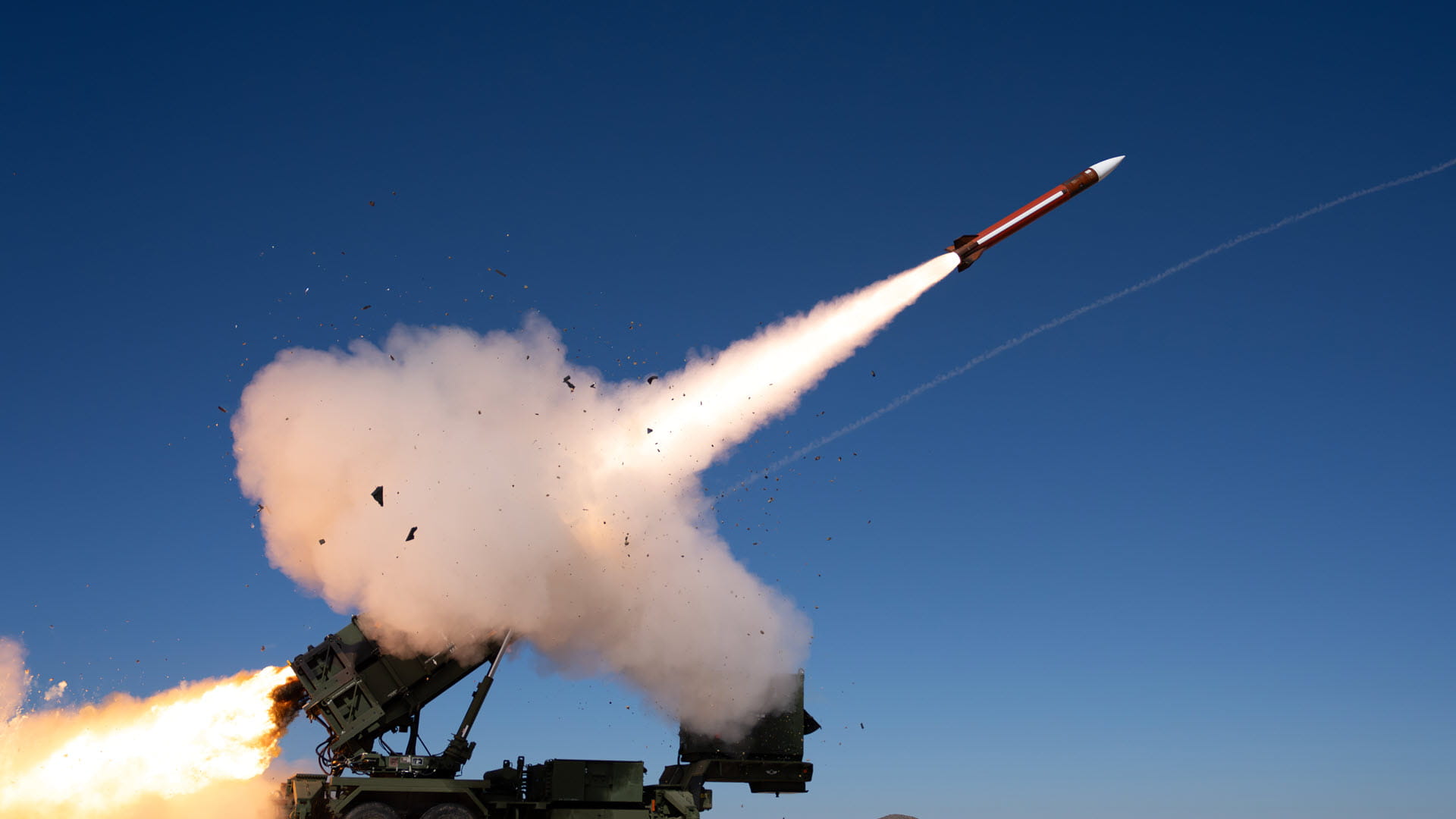A new layer of homeland defense
In a test, Standard Missile-3 destroys its first intercontinental ballistic missile target
The Standard Missile-3, a defensive weapon built to destroy intercontinental ballistic missiles, has completed its first-ever intercept of a simulated ICBM in a test off the coast of Hawaii.
In the test, conducted Nov. 16, the SM-3 Block IIA interceptor, launched from the USS John Finn (DDG-113), rose above the Pacific Ocean northeast of Hawaii, then engaged and destroyed the target using only the force of impact – in this case, equivalent to a 10-ton truck traveling 600 mph.
"This first-of-its-kind test shows that our nation has a viable option for a new layer of defense against long-range threats,” said Bryan Rosselli, vice president of Strategic Missile Defense at Raytheon, a business of Raytheon Technologies.
The Missile Defense Agency completes an unprecedented homeland defense test. (Video: Missile Defense Agency)
The SM-3 Block IIA interceptor, co-developed with Japan’s Mitsubishi Heavy Industries, has larger rocket motors and a bigger, more capable kinetic warhead than previous SM-3 variants. It can engage threats sooner and protect larger regions from short-to-intermediate-range ballistic missile threats and now long-range ICBMs.
Raytheon builds and tests the SM-3 interceptor at its Huntsville, Alabama, plant on the U.S. Army's Redstone Arsenal post.
The company’s SM-3 family of interceptors has completed more intercepts than all other missiles combined, and it’s the only system that can be launched at sea or on land. Its flexibility expands protection options for combatant commanders and allies around the world that do not have ballistic missile-defense-enabled navies.
From early detection through engagement, Raytheon Technologies’ advanced sensors distributed on the ground, next-generation effectors and command-and-control system sensors work together to protect the U.S. and its allies from emerging threats.




